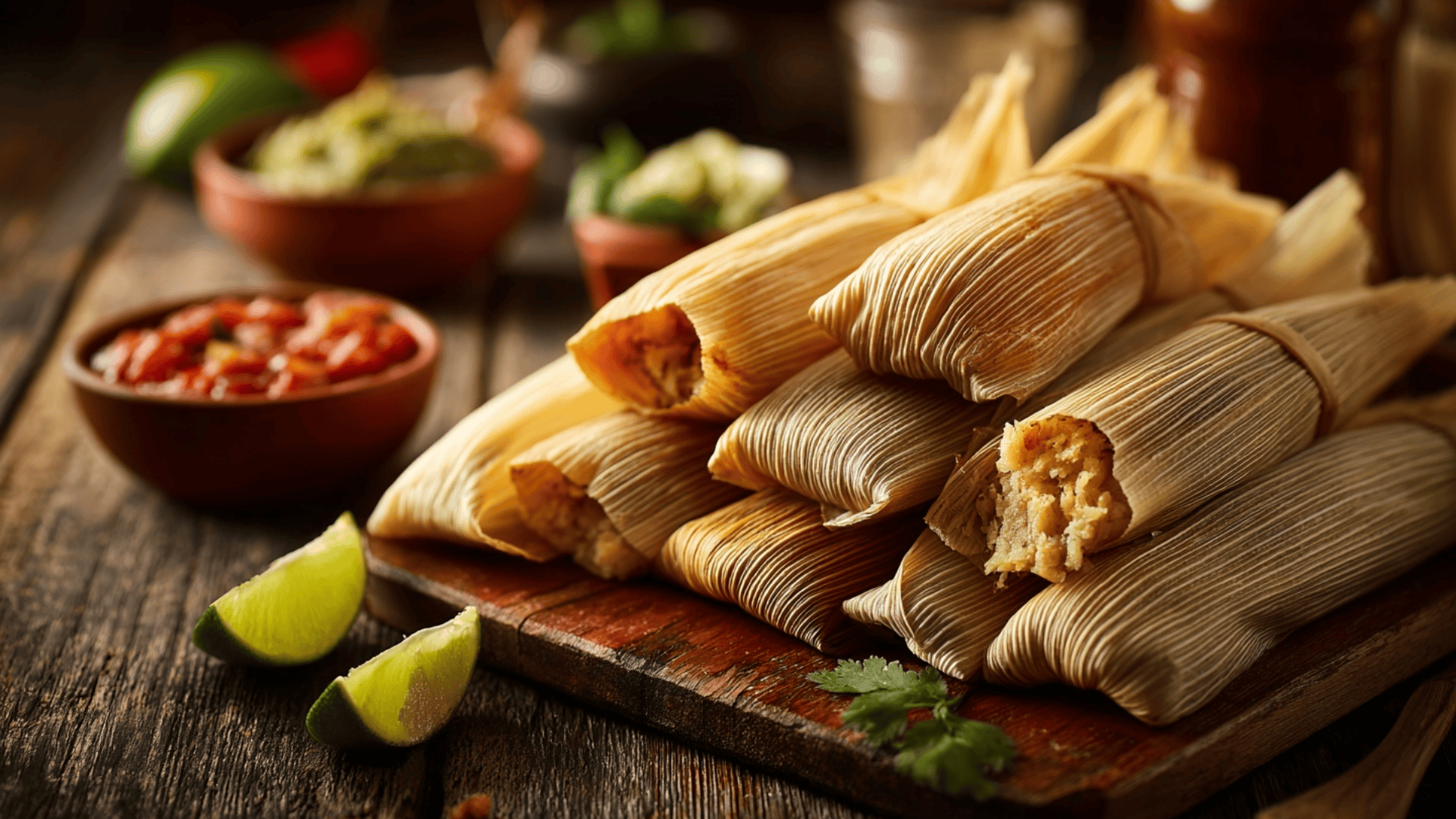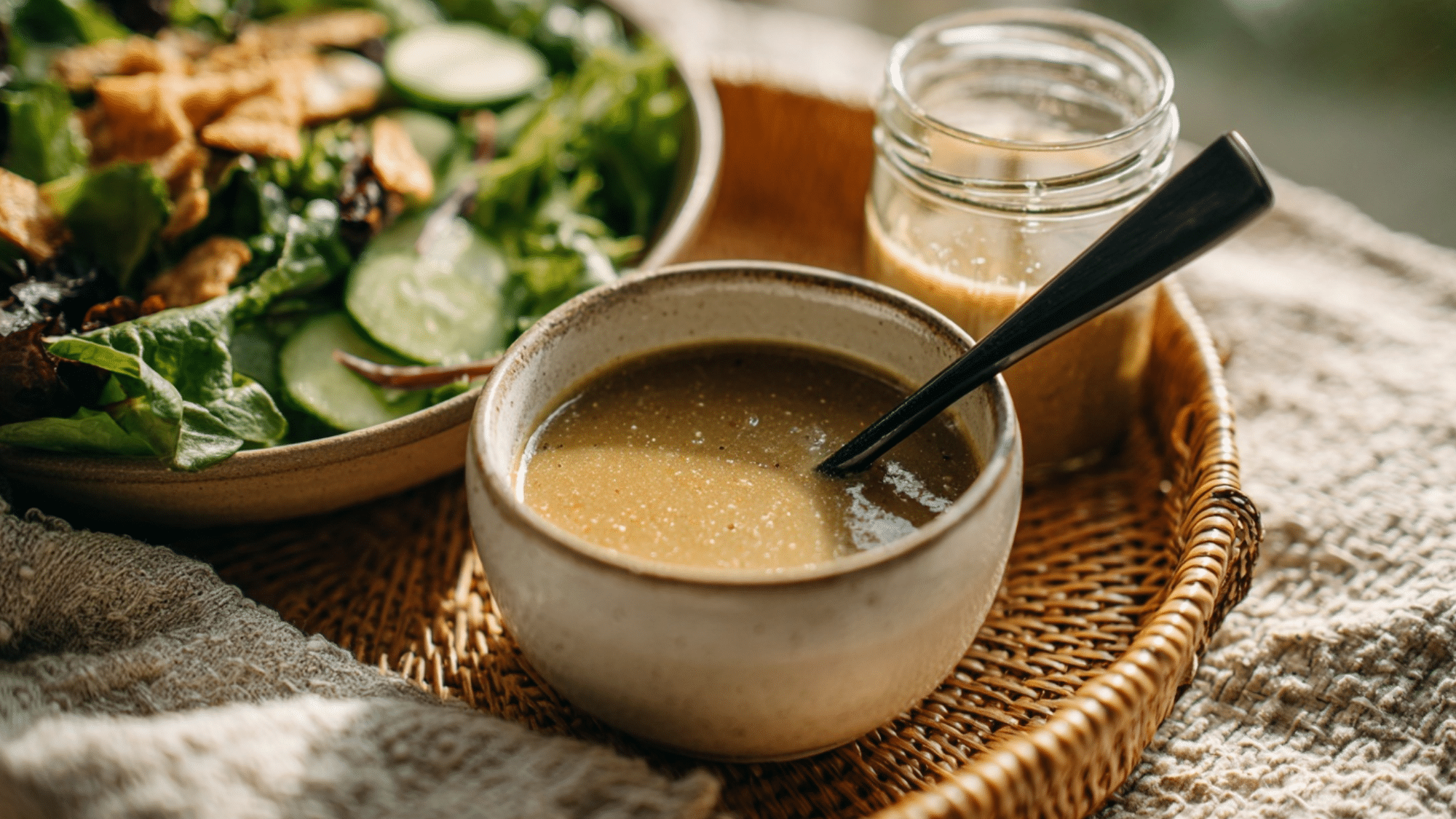Tamales hold a special place in many hearts and family traditions, bringing people together during holidays and celebrations.
These steamed bundles of masa and filling are more than just food; they’re cultural treasures passed down through generations.
But with growing health awareness, many people wonder: are tamales actually good for you?
This article will break down the nutritional facts, calorie content, and health benefits of tamales while examining potential drawbacks.
While tamales offer protein, fiber, and essential nutrients from corn masa, they can also pack significant amounts of fat, sodium, and calories depending on how they’re prepared and what fills them.
What Are Tamales?
Tamales trace their roots back thousands of years to ancient Mesoamerican civilizations, where they served as portable meals for warriors and travelers.
These traditional foods consist of masa (corn dough) wrapped around various fillings, then enclosed in corn husks or banana leaves before steaming.
The basic components remain consistent across cultures: ground corn masa mixed with fat (traditionally lard), savory or sweet fillings, and natural wrapping materials. Common fillings include shredded pork, chicken, beef, beans, cheese, or vegetables.
The preparation method, steaming rather than frying, helps retain moisture and creates the characteristic tender texture that makes tamales so appealing to food lovers worldwide.
Are Tamales Healthy?

Tamales are a beloved traditional food enjoyed at celebrations and family gatherings. Made with corn masa and flavorful fillings, they’re both comforting and classic. But are tamales actually healthy?
Let’s learn the health benefits of eating tamales.
1. Provides Steady Energy
The corn masa in tamales is rich in complex carbohydrates, which digest slowly to deliver long-lasting energy.
This helps stabilize blood sugar levels and keeps you feeling fueled throughout the day, especially when paired with protein-rich fillings.
2. Offers Quality Protein
Tamales filled with chicken, beef, pork, or beans supply valuable protein that aids in muscle repair and supports overall tissue health. Protein also promotes satiety, helping you stay full longer and reducing the urge to overeat.
Including lean meats or plant-based proteins like beans also supports metabolism and muscle strength. This balance makes tamales a hearty, nutrient-dense meal for both energy and recovery.
3. Boosts Fiber Intake
Vegetable or bean-filled tamales add beneficial dietary fiber that supports digestion and helps regulate cholesterol and blood sugar. Fiber also increases the feeling of fullness, making tamales a balanced, satisfying meal option.
High-fiber fillings improve gut health by supporting beneficial bacteria. Consistent fiber intake through tamales can contribute to better long-term heart and digestive wellness.
4. Retains Nutrients Through Steaming
Because tamales are traditionally steamed instead of fried, they retain more vitamins and minerals during cooking. This gentle method preserves nutrients while reducing the need for added oils or fats.
Steaming also keeps moisture locked in, resulting in softer masa and naturally enhanced flavors. It’s one of the healthiest cooking techniques for preserving both taste and nutrition.
5. Naturally Gluten-Free Option
Made from corn masa, tamales are naturally gluten-free, making them safe for people with celiac disease or gluten sensitivities. When paired with fresh vegetables or lighter sides, they form part of a wholesome, inclusive meal plan.
Their gluten-free base makes them flexible for diverse diets, allowing everyone to enjoy traditional flavors without worry. This inclusivity adds to their cultural and nutritional appeal.
Potential Drawbacks of Tamales
Despite their benefits, tamales also have some downsides to keep in mind:
- High in Saturated Fats: Traditional recipes often include lard or other saturated fats, which can raise cholesterol levels and impact heart health if consumed too often.
- Higher Sodium Content: Sodium levels in many tamales are high, which may increase blood pressure when eaten frequently.
- Calorie-Dense Food: They are also calorie-dense, meaning portion control is essential, especially since tamales are usually eaten in multiples during gatherings or celebrations.
- Easy to Overindulge: Overindulging can quickly lead to excess calorie intake and disrupt dietary balance.
While tamales are a delicious cultural staple, enjoying them in moderation is key. Balance them with lighter, nutrient-rich foods to keep them part of a healthy lifestyle.
Types of Tamales

Not all tamales are created equal when it comes to nutrition. The type of tamale you choose can significantly affect your calorie intake, protein content, and overall nutritional profile.
Understanding these differences helps you make informed decisions about which varieties fit best into your eating plan.
- Meat-based tamales, made with pork, chicken, or beef, provide protein but contain higher levels of fat and sodium.
- Vegetarian options include beans, cheese, or vegetables. Bean varieties offer more fiber, while cheese adds calcium but increases saturated fat.
- Sweet tamales typically contain ingredients such as raisins, chocolate, or cinnamon sugar, which can make them higher in calories and sugar.
- Regional varieties differ by country; Mexican tamales use different spices and methods compared to those in Guatemalan or Colombian versions, which affects their nutrition.
The filling you choose makes a real difference in the nutritional impact. Keep this variety in mind when planning meals or considering how tamales fit into your overall daily nutrition goals.
Nutritional Facts of Tamales
Curious about what’s inside a tamale? Here’s a simple breakdown to help you enjoy them with awareness and balance.
| Nutrient | Amount per Tamale (medium, ~125 g) |
|---|---|
| Calories | 275 kcal |
| Carbohydrates | 35 g |
| Protein | 10 g |
| Fat | 12 g |
| Saturated Fat | 4.5 g |
| Fiber | 3 g |
| Sodium | 450 mg |
Note: Values can vary depending on the filling (meat, cheese, beans, or vegetables), the amount of lard or oil in the masa, and portion size. Tamales aren’t a low-calorie food, but when enjoyed in moderation, they’re a delicious part of tradition and comfort.
How Many Calories Are in a Tamale?
Calorie counts for tamales range from 250 to 400, with most being between 280 and 320 calories. Pork tamales are higher in calories, around 350–400 calories, due to the fattier meat.
Chicken tamales are slightly lighter, averaging 280–330 calories, depending on whether white or dark meat is included.
Vegetarian tamales are usually the lowest-calorie option, 250-300 calories, though cheese-filled ones can be similar to meat-based options.
Sweet tamales vary the most, coming in anywhere from 300–450 calories, depending on added sugar and mix-ins
Eating two medium tamales provides about 600–700 calories, or 30–35% of a 2,000-calorie daily intake, making them better as a main meal than a snack.
How to Incorporate Tamales in Real Life
Tamales can easily fit into both special occasions and everyday meals with a few mindful choices. Hosting a small tamalada is a fun way to prepare tamales in bulk and freeze portions for quick grab-and-go meals.
For daily use, enjoying one tamale for breakfast or lunch works well when paired with a light side like salad, beans, or sautéed vegetables.
Portion control is key; aim for one or two at most during celebrations, and balance them with nutrient-rich sides instead of heavy sauces.
Healthier swaps, such as using lean meats, beans, or vegetable fillings with less lard, make tamales a satisfying option that still supports your nutrition goals.
This way, tamales can remain a delicious part of your routine while still aligning with a balanced, mindful approach to eating.
How to Make Healthier Tamales at Home

Making tamales at home is a delicious way to celebrate tradition, while taking control of the ingredients for a healthier version.
By tweaking fats, adding more vegetables, and adjusting portion sizes, you can enjoy tamales that are both flavorful and nourishing.
- Use heart-healthy fats: Replace lard with olive oil or avocado oil to lower saturated fat without losing moisture or flavor.
- Reduce sodium smartly: Cut down on salt in the masa and fillings while using herbs and spices like cumin, paprika, and garlic to keep flavor rich.
- Boost veggie content: Add bell peppers, onions, tomatoes, spinach, or corn to increase fiber, vitamins, and texture variety.
- Try whole-grain masa: Opt for whole-grain or high-fiber masa to improve nutritional value and support digestion.
- Watch portion size: Make smaller tamales for better portion control while still enjoying the cultural and social joy of sharing them.
With a few smart swaps and mindful cooking choices, you can create tamales that are lighter, nutrient-packed, and just as satisfying as the originals, perfect for family gatherings or everyday meals.
Final Thoughts
These traditional treats offer substantial amounts of protein, fiber, and essential nutrients derived from their corn masa base and diverse fillings.
However, their high-calorie, fat, and sodium content requires mindful consumption, especially when eaten in typical social settings where portion control can be challenging.
The key lies in striking a balance and practicing moderation. Enjoying tamales as part of cultural celebrations and family traditions adds significant social and emotional value to the eating experience.
Making healthier versions at home or choosing them occasionally rather than regularly allows people to honor their heritage while maintaining overall dietary wellness.
Remember, healthy eating is about the big picture, not individual foods.





